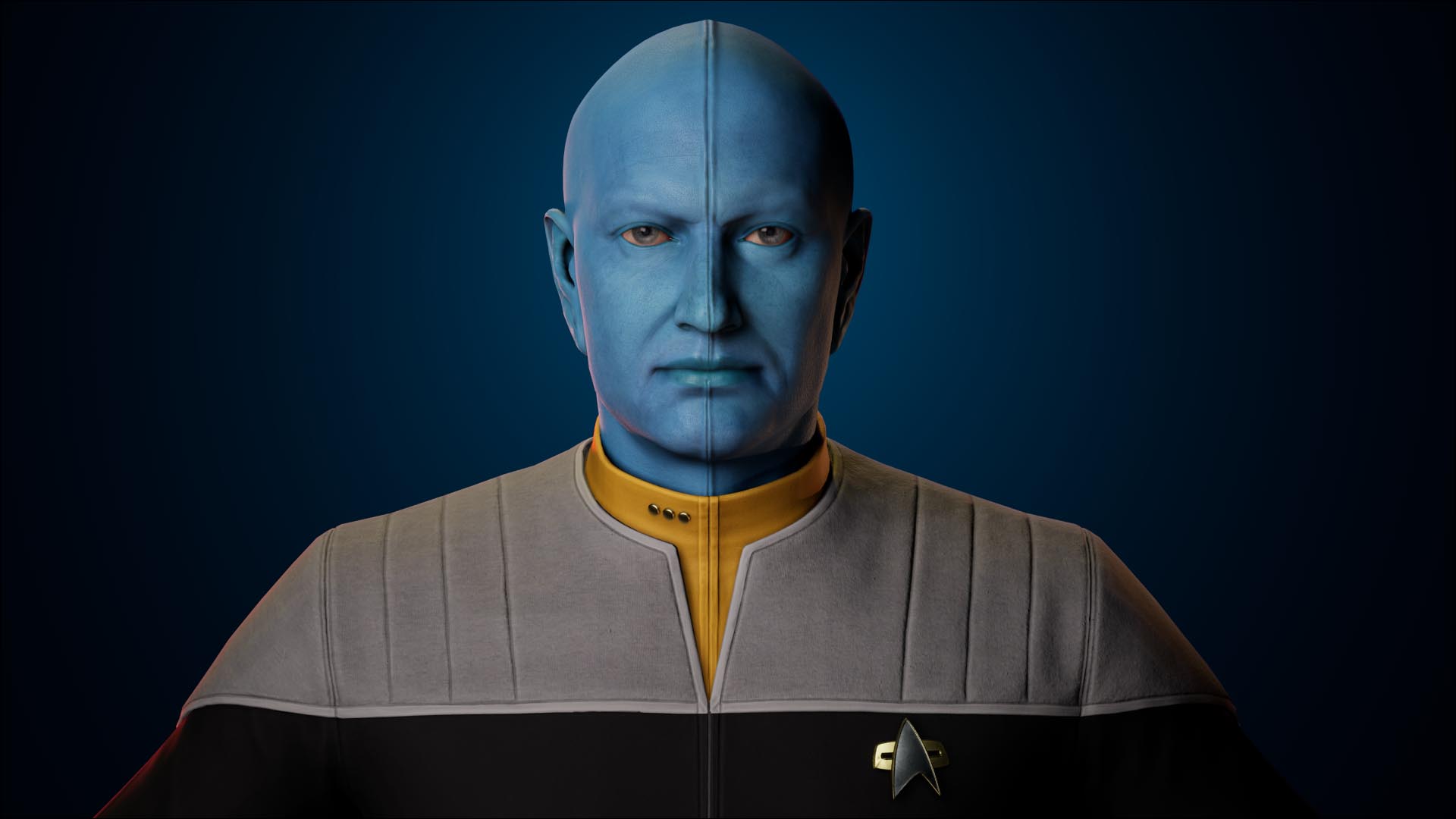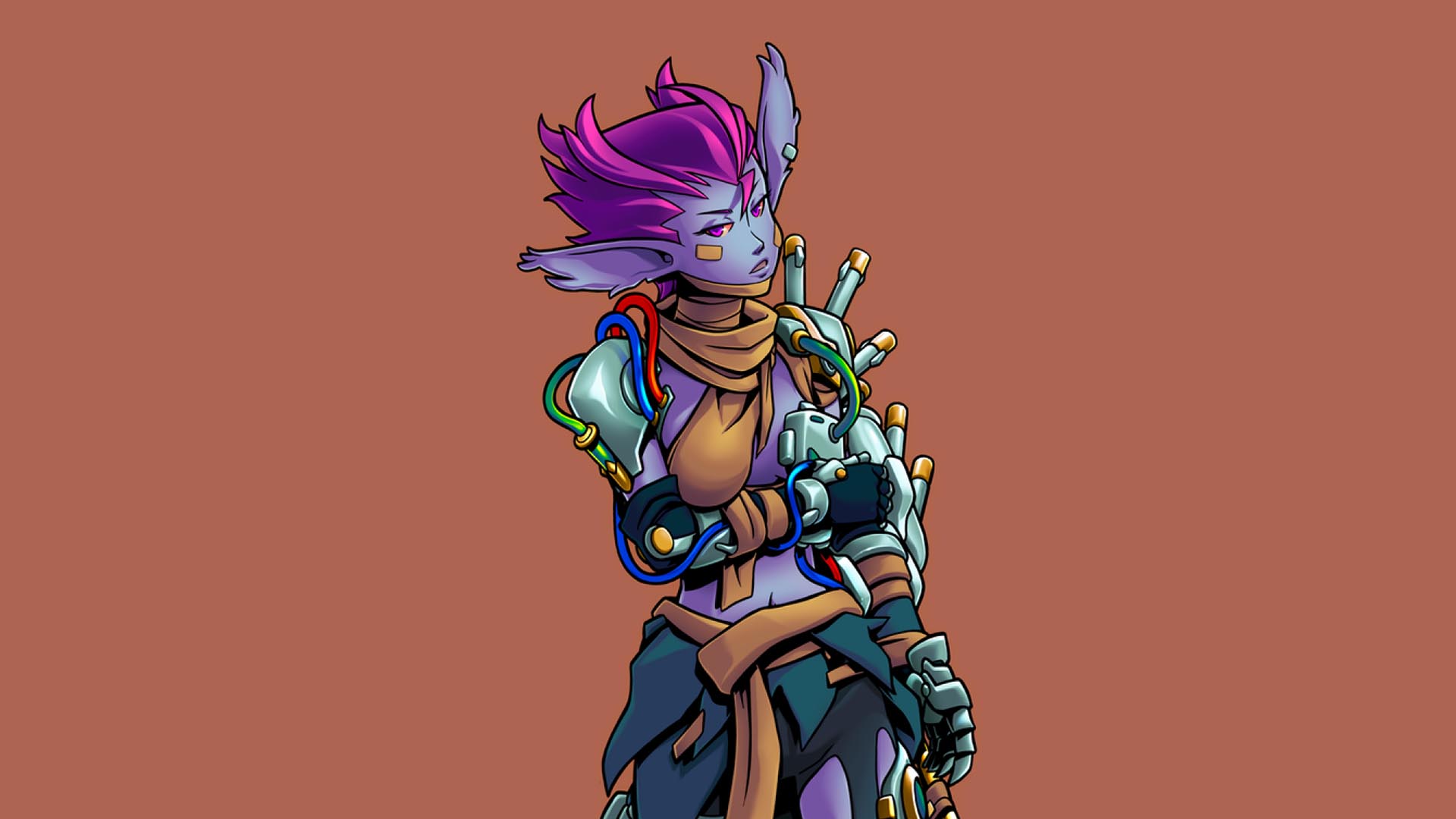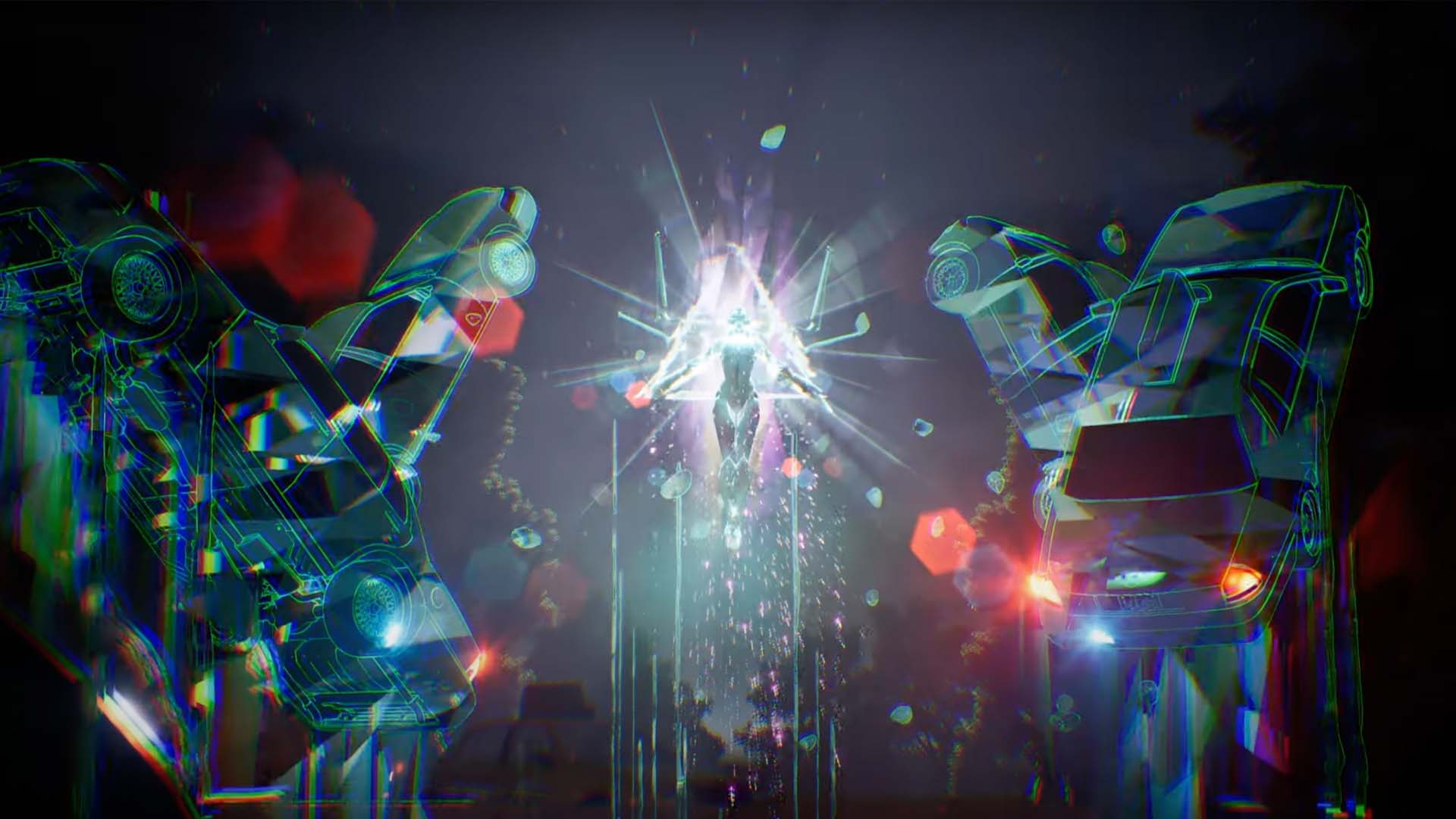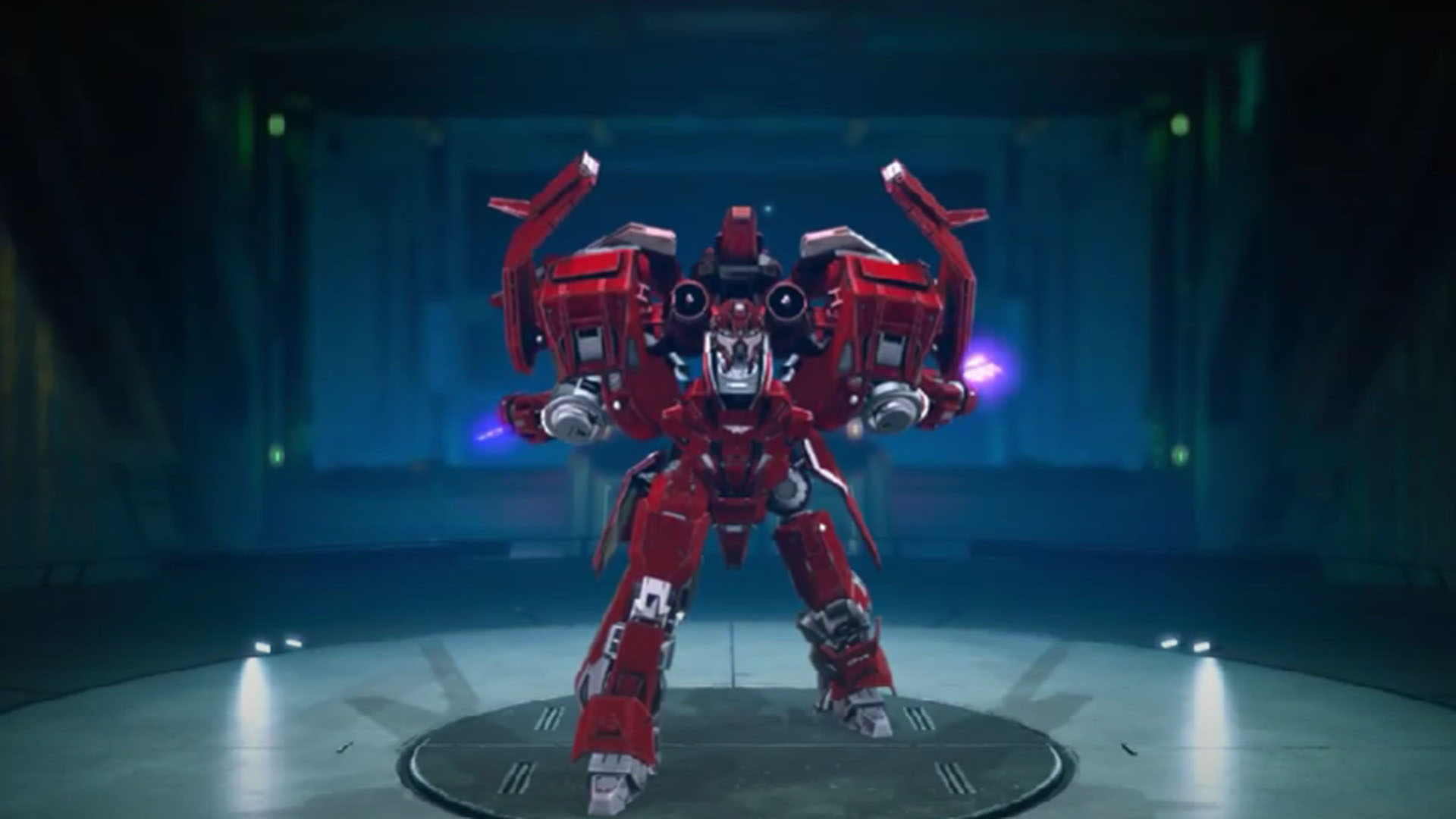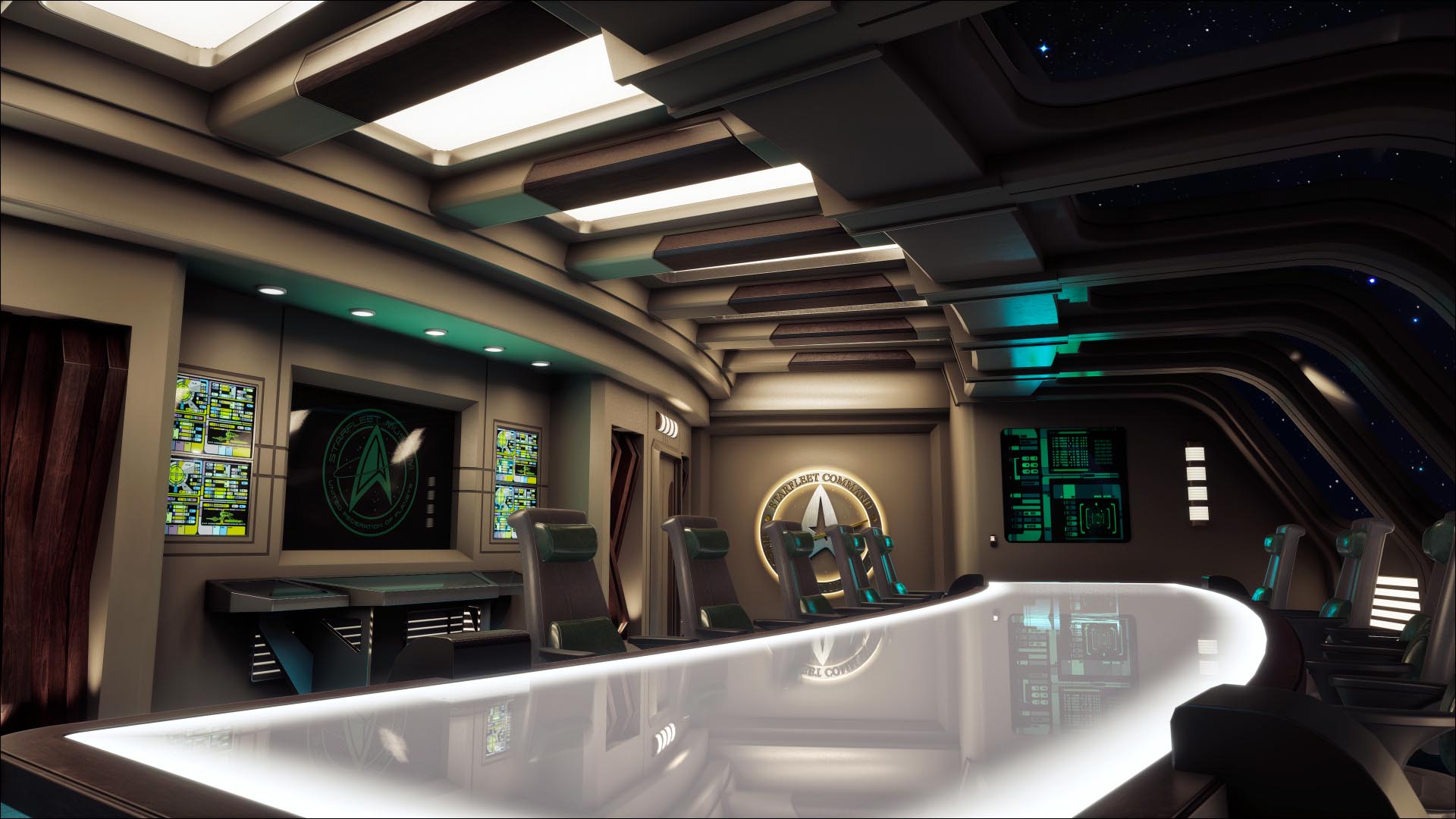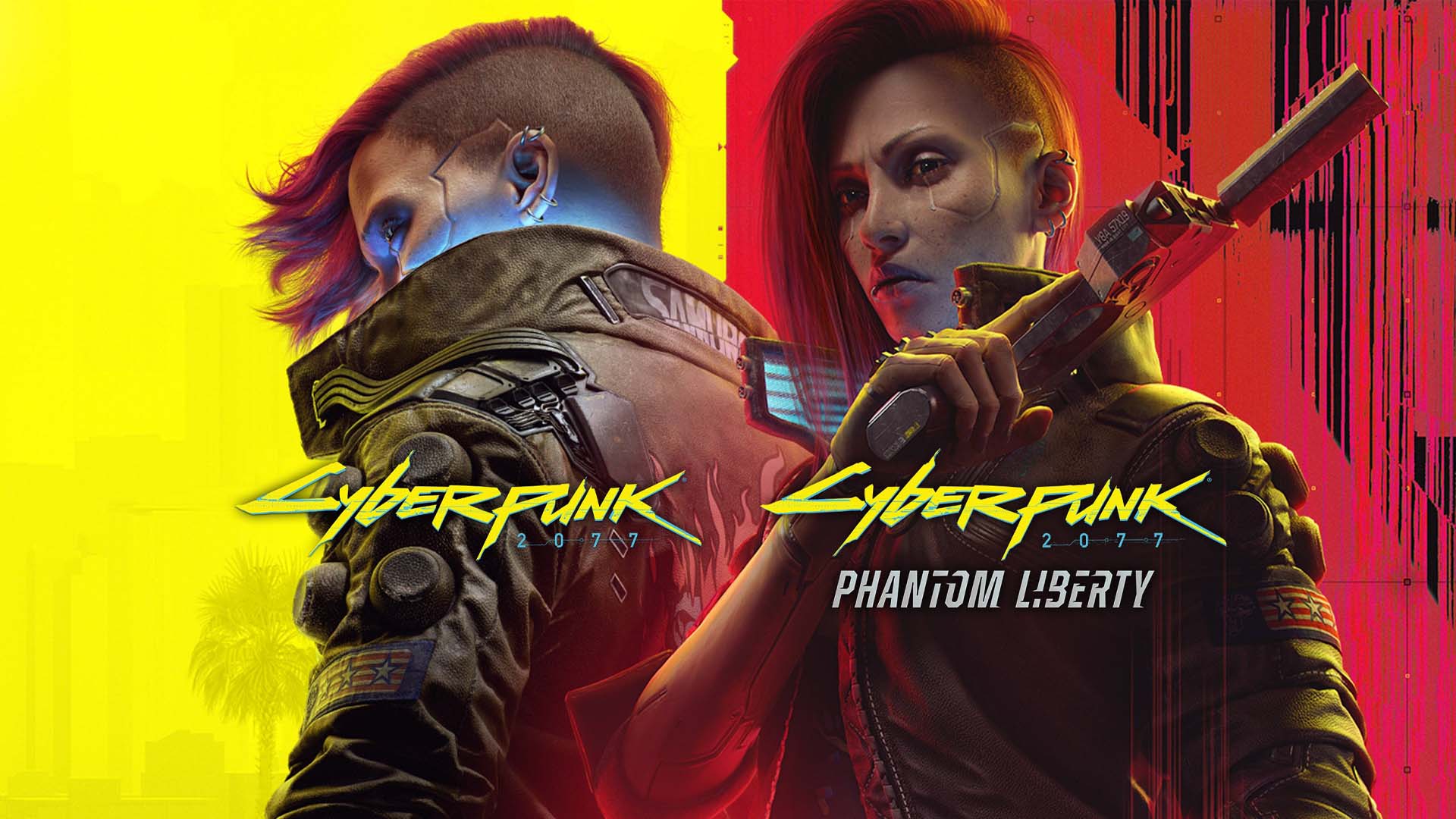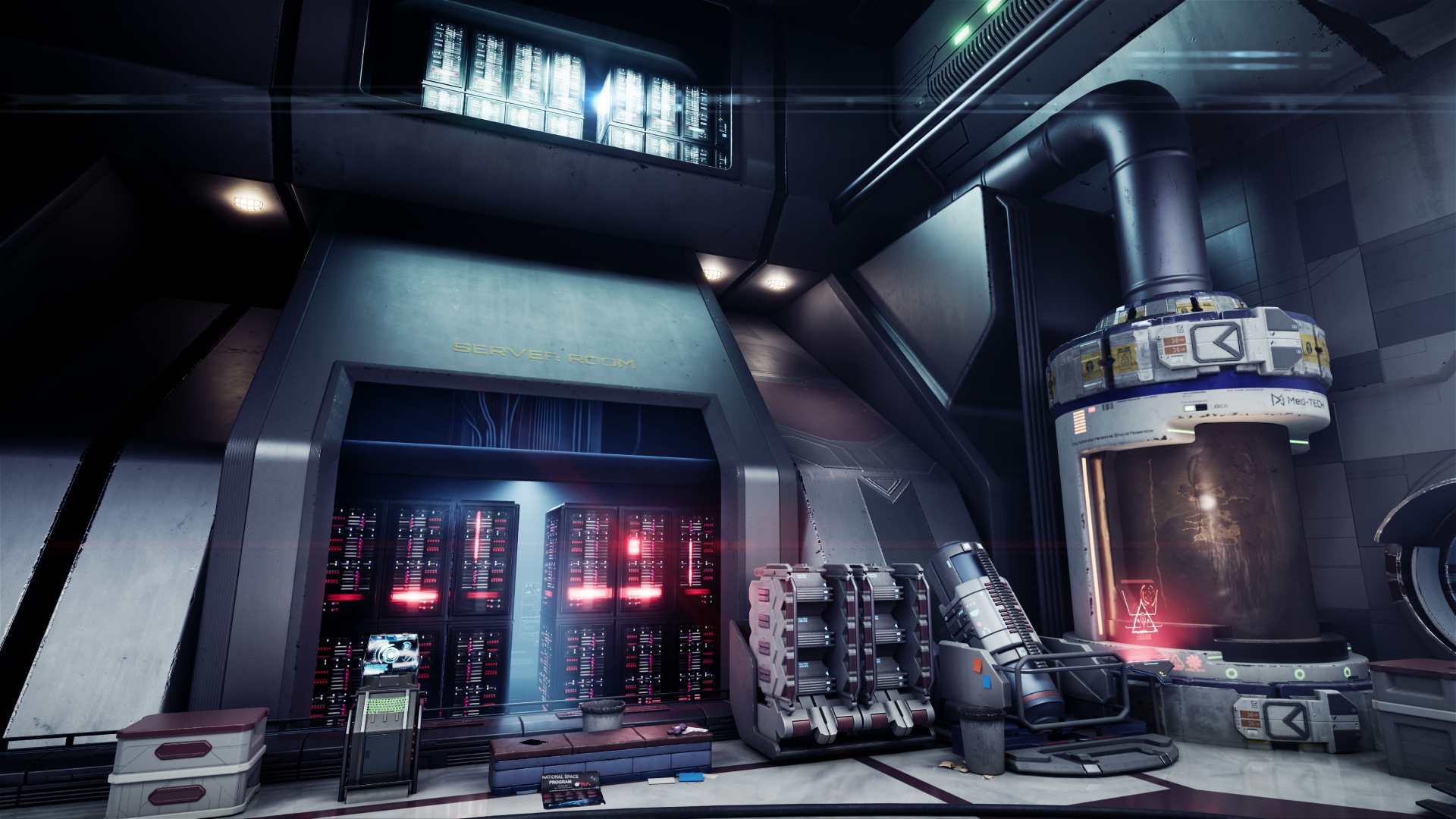Game porting is a complex process that requires thorough planning and an in-depth understanding of the source and destination hardware. For players, it might seem like little more than the same game running on a different platform, but there is an enormous amount of work that goes into high-quality ports.
Throughout the Magic Media group’s experience developing games and ports for new platforms, we’ve established a series of best practices for creating the best quality ports possible. There is no replacement for diligent work when it comes to porting games, but careful planning and execution can mitigate some of the challenges.
Planning for Portability
The path to porting your game should ideally start at the inception of a project before any development takes place. It’s good practice to include porting as part of the early roadmap so that your game can be released simultaneously on multiple platforms. This is a cost-effective measure to prevent costly redesigns and to anticipate code changes for different platforms.
Planning for portability from the beginning allows developers to use ubiquitous tools and APIs that are platform-agnostic, rather than being tied down to software that will only be compatible with select platforms. Doing this supports your game’s growth by positioning it as easily portable during development and for any subsequent porting projects. Additionally. It’s critical to establish rendering pipelines for your target platforms at the start of development. Planning for this at the beginning allows the team to understand in advance the level of fidelity to target on all platforms, which helps save time in the long term.
Using the Right Game Engines
Game porting is demanding work, even if you adhere to the best practices and implement careful planning, but using the appropriate game engine can help multi-platform porting dramatically. Unreal Engine and Unity are particularly noteworthy for their support of multiple platforms and tools to ease the difficulty of multi-platform development projects.
Both Unreal and Unity offer support for all common platforms, including PC, PlayStation, Xbox, and Nintendo consoles and mobile devices. These engines give developers access to third-party plug-ins that assist with platform-specific features, APIs, and requirements. This can be a true time-saver for certain platforms and projects, especially games seeking to leverage unique features like PlayStation 5’s DualSense controller features and Xbox Series consoles’ Smart Delivery.
Thorough Testing and Optimization
Testing is of the utmost importance when aiming to deliver a game on multiple platforms. It should happen regularly, and quality assurance teams need to be exhaustive about it. Platform-specific bugs are practically unavoidable, and in the best interest of the game and developer behind it, it’s good practice to catch and resolve as many of them as possible before launch. It should be a priority that the game works as intended across all platforms.
For console development, certification needs to be a high priority. When launching your game on consoles, you’re required to comply with a technical requirements checklist (TRC) outlined by the console manufacturer. It’s critical to adhere to these requirements strictly, otherwise, it’s highly likely that your game won’t be approved for release on the platform in question. This is where testing is invaluable to your game and its potential future success.
Another essential part of high-performing ports is optimization. Regardless of the platform, changes will need to be made to accommodate for limitations, platform-specific features, and the power of various platforms. Chief among these adjustments include changes for GPU and CPU power, social features, achievement systems, in-app purchases, and more. These changes, once implemented, need to be tested rigorously to ensure that the game is performing well.
Update and Maintenance Plan
Even the most well-executed ports are subject to bugs and technical issues after launch, so it’s important to put a plan together to tackle issues as they arise. Testing and bug fixing should continue to be a priority even after the launch period, to help support players and provide them with the best experience possible. Moreover, content updates are commonplace within the industry, and if they’re appropriate for your game and its style, they’re an effective way to keep players engaged across all platforms.
Ideally, your game has been developed with the idea of porting in mind so that even after its initial release on your target systems, further ports and updates are possible. It’s possible to release paid or free updates to your games for the most modern consoles like PlayStation 5 and Xbox Series X, which is a practical method of improving your title’s longevity even throughout gaming generations.
At Magic Media we are veterans of the gaming, tech and entertainment industries, offering comprehensive services including game development, game VFX, animation and full art services! Our main goal is to provide a one-stop solution for any project. We love nothing more than collaborating with creative minds, so drop us a line and let’s talk!

